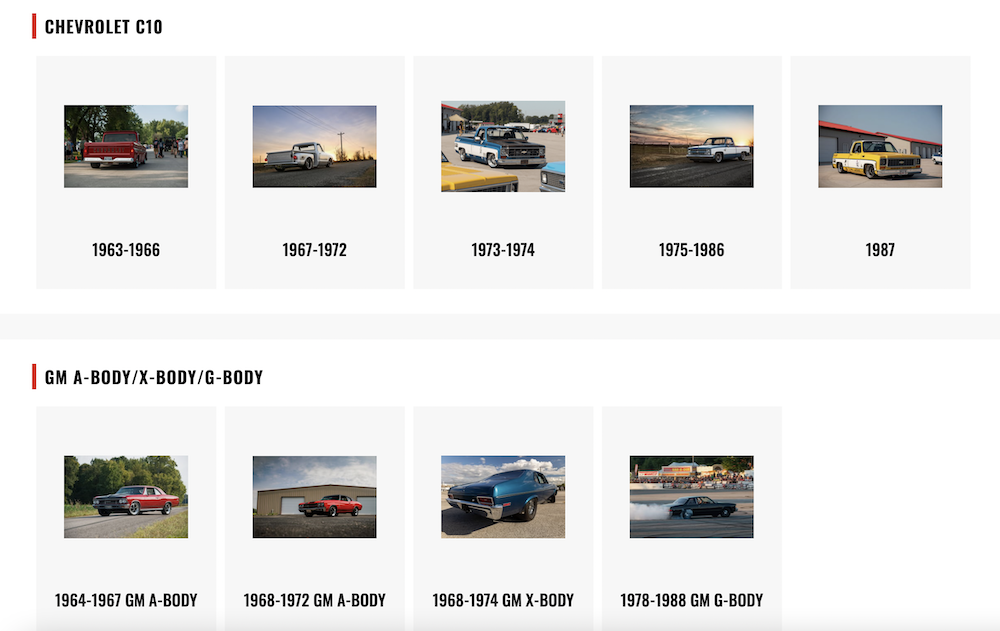10 Tips for Surviving Your First LS Swap!
A first LS swap can be daunting. So here are 10 tips to help you survive your first project, plus some helpful B-Body-specific tips! (LS3 Roadmaster Wagon Project | Part 10)
A first LS swap is a momentous occasion. It’s a chance to build something that can’t be bought at a dealership. To learn new skills. Hang out with friends and family. And express yourself creatively while rising to various challenges. It’s also extremely expensive and time-consuming and very mysterious and intimidating to anyone who has never completed a project before…
Especially when one sees all the dead projects for sale on Facebook Marketplace.
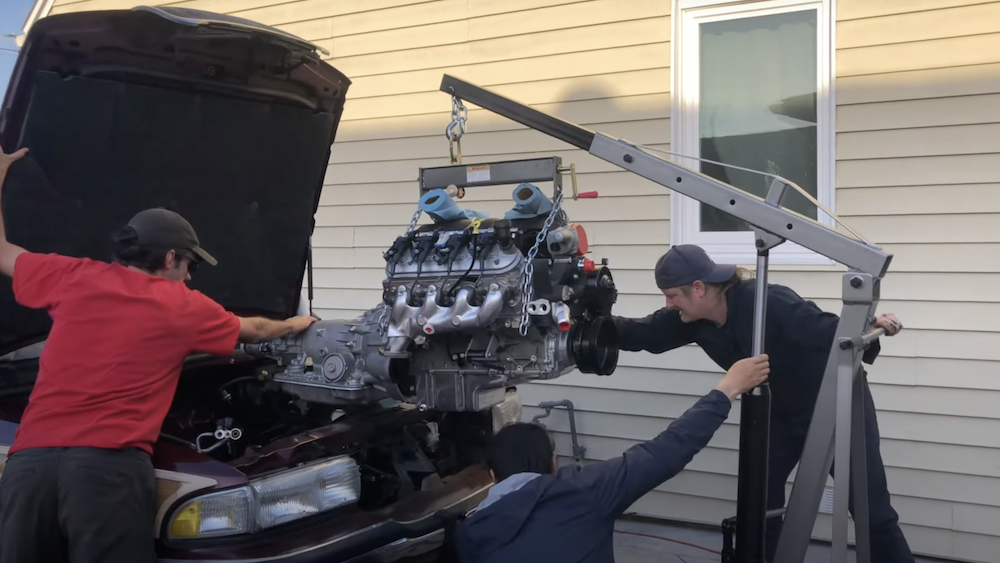
So we put together this list of 10 essential first LS swap tips we hope will give you the courage to begin. Plus, if you’re into 1991-1996 GM B-Bodies, scroll on down to the end, we’ve got a couple of extra bonus tips just for you. Also, make sure to check out this universal LS swaps parts list post – Every Part You NEED for Your First Swap – where we lay out the universal parts list for any build. We also chronicled (almost) every single part we used to LS3 swap a 1992 Buick Roadmaster Estate Wagon.
1. Buy A Popular Car or Truck
The more people want a car or truck, the more aftermarket parts will be available. And when it comes to a first LS swap, you don’t want to start off with having to do lots of fabrication and engineering. (Unless you are already really good at those things.) If you pick a popular vehicle, you’ll be able to order swap kits, body parts, interior pieces, or anything you can imagine much easier. And there will be more content chronicling said swaps.
The only downside, of course, is that popular can also translate into expensive when it comes to vehicle availability.
2. Pick a Vehicle with a Big Engine Bay (Literally)
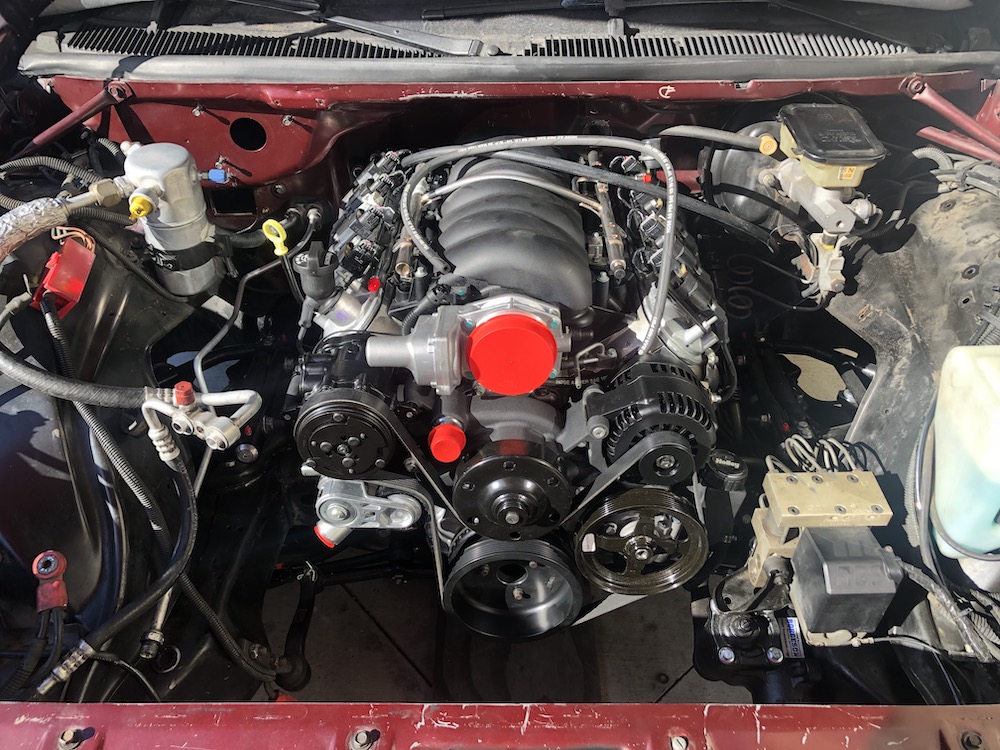
One of the reasons we went with the Buick Roadmaster for our first project was the size of its engine bay. Even today with everything installed, you can reach almost everything on and around the engine by hand. Standard tools can reach almost every single serviceable component.
Compare that to the modern Camaro engine bay… Or to the engine bay of an LS swap stuffed into a compact car…
Large engine bays — for first-timers or pros — will save you time. Give you space to work and service the vehicle. And save money and more time in costly fabrication. Then, once you’re also a pro, you can imagine your impossible will-it-REALLY-fit-in-here build!
3. Buy the Cleanest Project Car You Can Afford
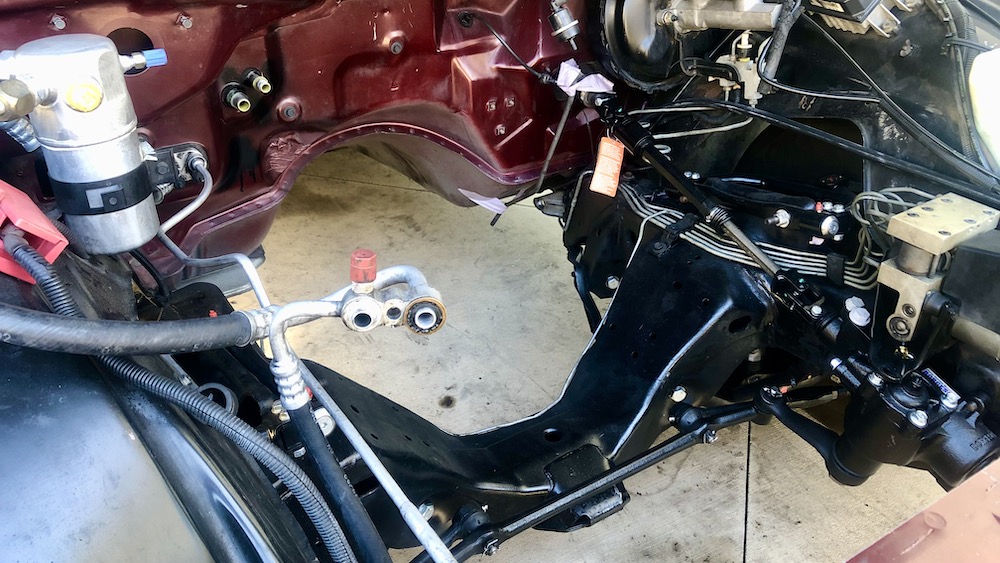
Very simple. Unless you’re experienced with bodywork and paint… Restoring exteriors and refreshing interiors are both very expensive. (They are time-consuming, regardless.) It’s much easier, quicker, and likely cheaper if you find some grandpa-owned truck that was garaged and or put in storage and forgotten. You know, the one with the smaller engine. Or maybe the engine blew up. Since you’re going with an LS, you’ve got the drivetrain covered.
So find something that looks great, or as good as your budget can afford, and then you’ll have a lot less work to do the moment you get your project up and running.
4. Pressure Wash Everything BEFORE You Remove Old Parts

Learned this one the hard way. Thought the project Roadmaster was a clean California car. Turns out it was a rust-free California car with three decades of grim coating every single nut and bolt on the undercarriage. So, unless you want to take a mystery dirt shower every time you’re under your project wrenching, get out the pressure washer and clean everything, everywhere, all at once. (#OldDirtTastesBad)
5. Delays Will Happen, So Don’t Start Until You Have All Your Parts
Especially in an era of supply chain shortage, delays are going to happen when you’re doing an LS swap. Life and work love getting in the way. So, whatever you do, don’t start tear-down until you have all of your major components. You don’t want to be derailed after making your car not run; you want as little downtime as possible so you can stay focused and enthusiastic.
6. NEW Doesn’t Mean Good
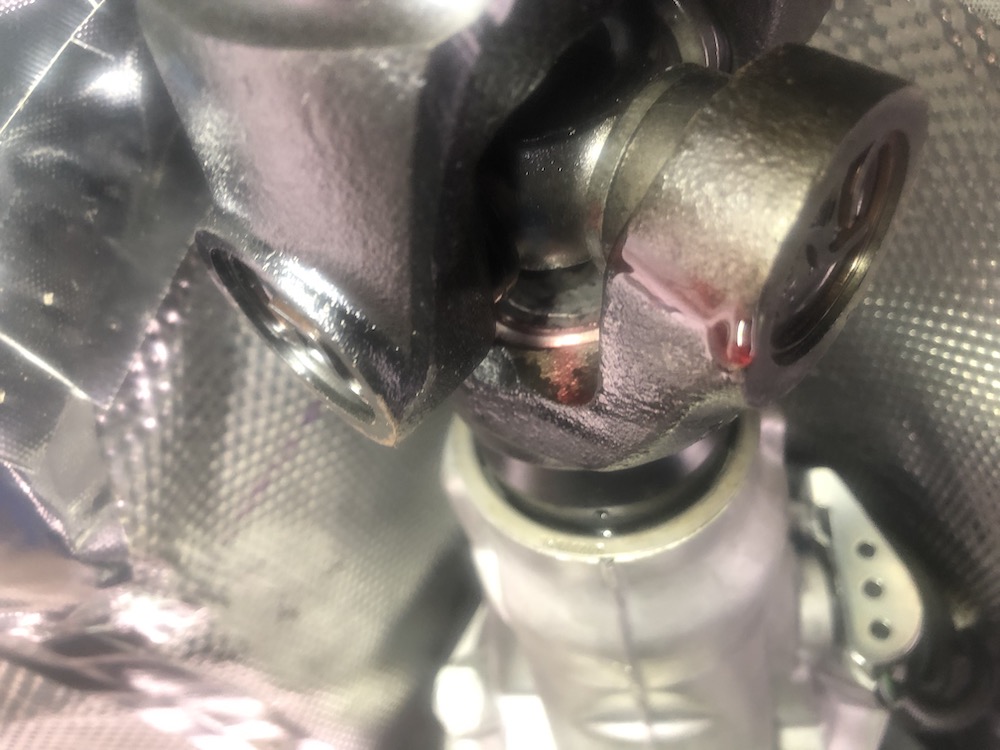
If you’re doing an LS swap with all new parts, it’s going to be a lot easier than using all junkyard parts. But at least one or two times during this process, you’re going to find a brand new part that just doesn’t work. Or one that fails early. Most of these issues come down to cheap, imported parts. But even if you go OEM, mistakes happen. Especially now with supply chain issues shutting down production from time to time.
The point here is that, if you run into trouble and you’re trying to diagnose the issue, don’t dismiss the new parts just because they’re new. Consider every available suspect.
BONUS: Inspect Every Part The Day It Arrives (Test If You Can)
Along those lines, if you’re buying a lot of parts online, inspect everything the moment it arrives. And whenever possible, test it as well. LS swaps can take months to complete — the parts research and acquiring process takes forever. So the last thing you want is to buy a shiny new part, leave it in a box, and the day you go to put it on the car, realize it’s —
- the wrong part
- broken
- a scam
7. Buy OEM Parts Whenever Possible (Or From a Big Company Like Holley)
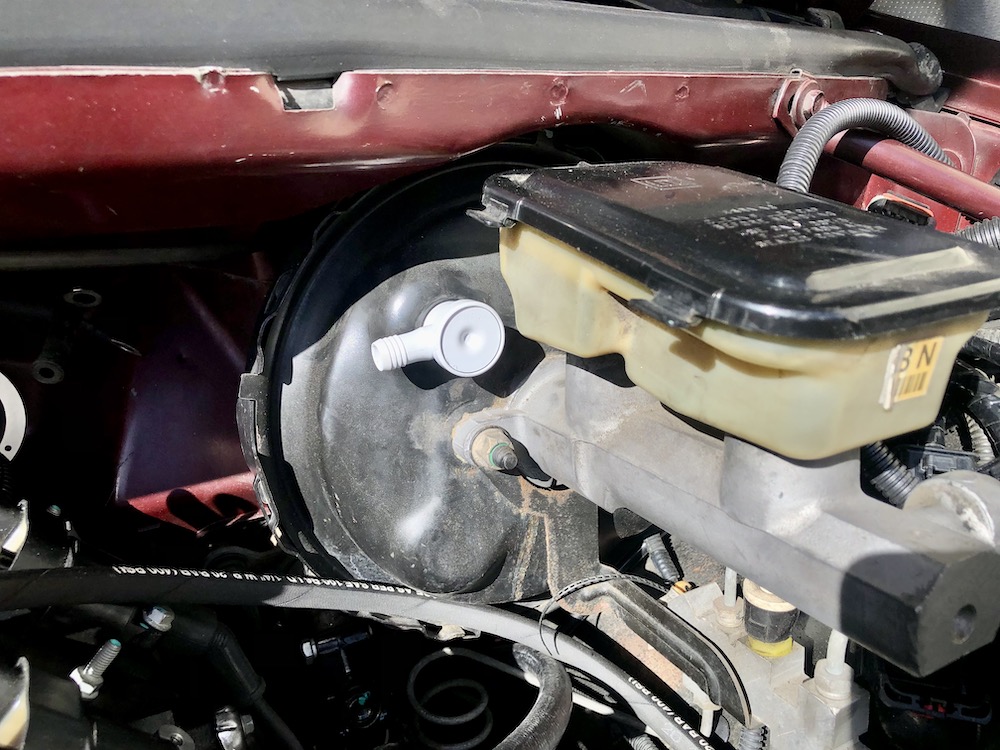
Auto manufacturers and their engineers have made a lot of mistakes over the decades. But the truth is OEMs make the best parts. And they make the most widely available parts. So, instead of going to custom or one-off e-Bay parts, try to use as many OEM parts as possible because they’ll be of higher quality, and they’ll be much easier to service and/or replace.
For example, by installing a Chevrolet Performance LS3 E-ROD Connect and Cruiser system, we can drive to Guaranty Chevrolet or any local GM dealership for service issues.
If you can’t go OEM, you want to find a reputable aftermarket company with fantastic customer support. Holley sponsored a good chunk of this build, but having worked with them for years, the customer service there is excellent. And they stand by their warranty and parts. QA1, who isn’t a sponsor, is the same way — they’ll rebuild coilovers (in warranty) and send them back if there’s a problem.
Basically, just be careful when buying weirdo, cheapo, one-off parts because you don’t want to be stranded if it brakes.
BONUS: LS Swaps into GM Vehicles Are (A Little) Easier
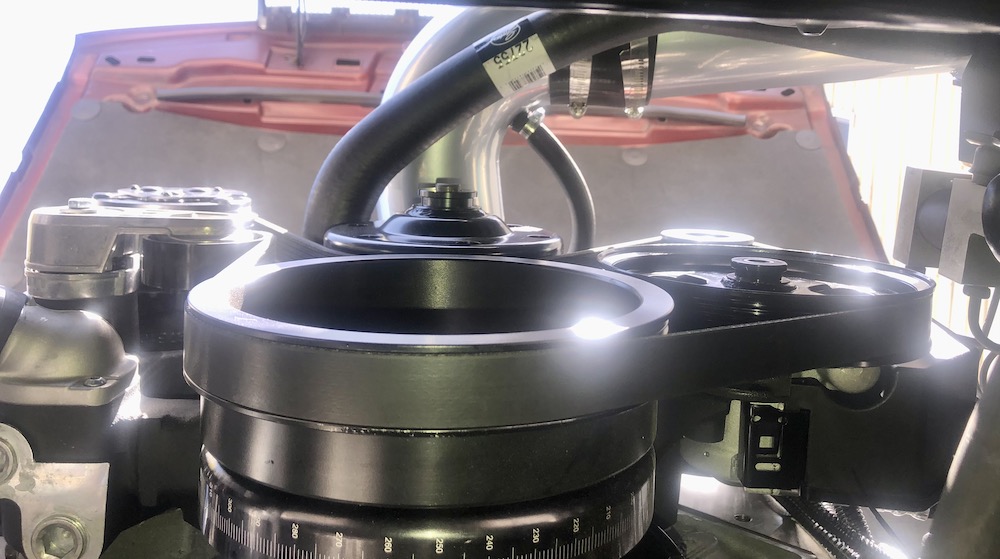
If this is your first LS swap, we highly recommend taking LS motors and dropping them into GM family vehicles. Why? Because it’s going to be a little easier thanks to corporate and engineering consistency. Working on a 30-year-old Buick, for example, revealed that GM still uses the same, thick gray wire for fuel pumps as 5th Gen Camaro wiring harness. The steering column wiring colors date back to the 1950s. The Roadmaster’s brake booster vacuum port hole is the same diameter as a C6 Corvette, so the Corvette’s check valve pop right in. The Roadmaster steering linkage bolted right up to the 4L65e without major modification.
All little, time-saving things, that will be helpful for first-timers.
8. Read The Instructions
The people who design and build OEM vehicles and parts spend decades learning how to do their jobs, designing parts and components meant to last hundreds of thousands of miles. You need to follow all of their directions. Assembly order. Torque specs. Tolerances. Prep procedure. Break-in. EVERYTHING. To the letter.
Yes, not all instructions are clear and well-written. And sometimes these aftermarket companies send along instructions for a different model year vehicle. But whenever possible, you read those instructions and watch every video possible until you know it by heart. Protect your investment. Protect any warranties.
9. Short Cuts & Rushing Lead to Mistakes
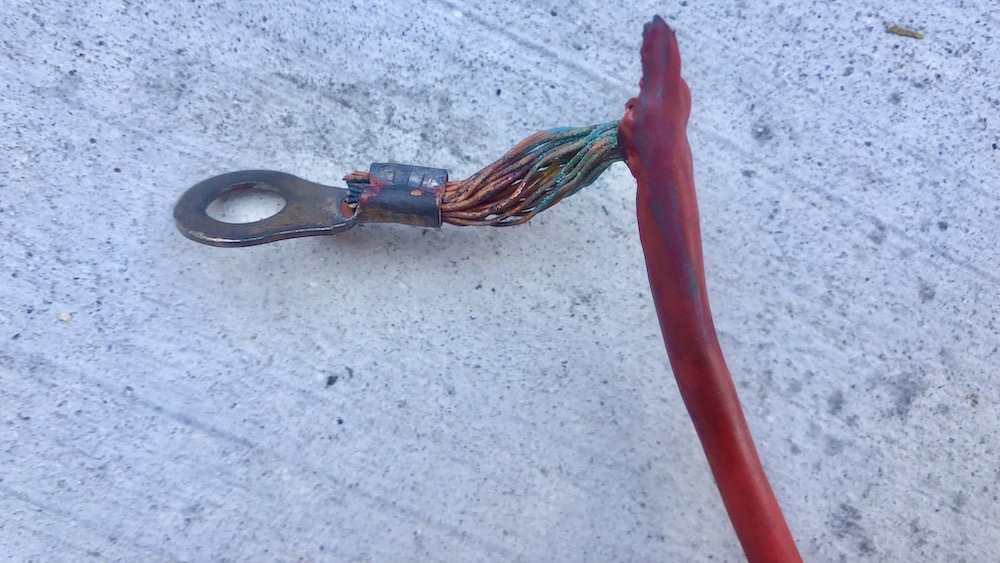
A friend of a friend installed one wire… He was not invited back.
Inevitably, that one 10-minute job will turn into four hours, three bruises, and several scraped knuckles. It happens. Or you’ll work on your new brakes all day long only to find out that the last connection is the wrong size and now you can’t move your car. Mistakes happen. Delays happen. But if you try to do things the easy way. If you try to hurry or use the kinda-right-ish tool for the job, you’re going to break something. You’re going to make the situation worse. And all that “saved time” is going to evaporate, cost you money, and take even longer to correct than if you had just done it right the first time.
The key to all of this is recognizing your emotional state. Are you a morning person? Work then. Feel yourself getting angry or frustrated? Take a break, go for a walk. You will save yourself so many headaches if you are level-headed at all times. Plus, as Jay Leno has proved so much lately, working on cars can be SUPER DANGEROUS. And your life, the life of your friends and family, isn’t worth a project car. And isn’t worth the time “saved” when doing something the wrong way.
BONUS: The First Start is Just the Beginning
LS Swaps on TV shows or in most YouTube videos all end with the first start-up and cruise around the block. Key on. Roaring engine. Smokey burnouts. Please like and subscribe!!! This is a lie caused by the way TV shows need to structure compelling stories.
Just know that your first start-up is just the beginning. It’s a monumental moment, to be sure. You should celebrate and congratulate yourself. But you’re going to need to do alllllll sorts of other things like wiring and safety and working out the kinks and tinkering with the exhaust and getting rid of leaks. Get ready for a marathon… a very fun, V8-powered marathon.
10. You CAN Do This!!!
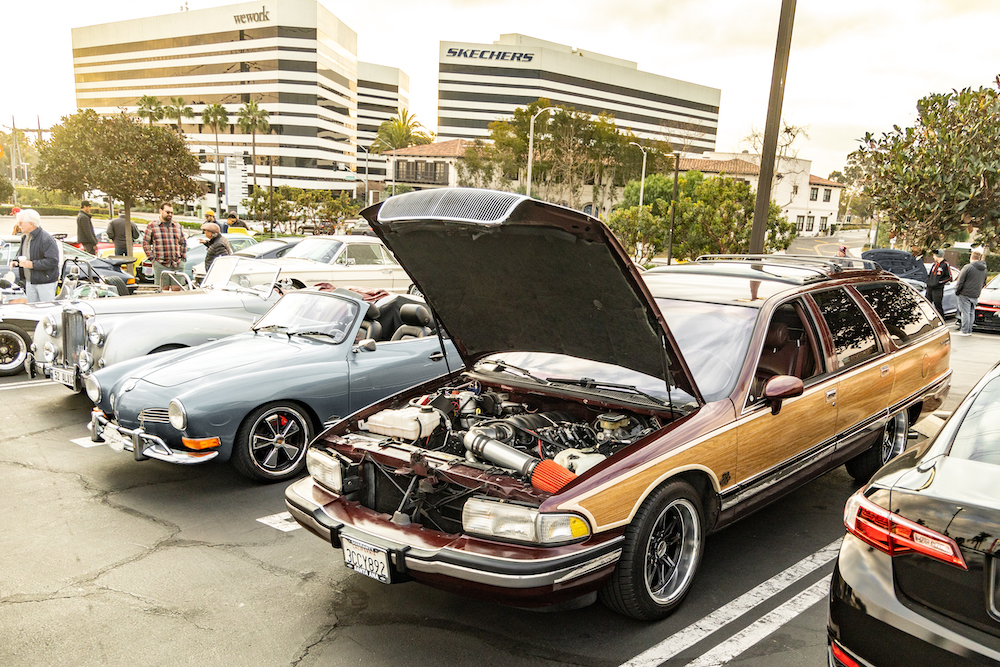
If you take your time, do your research, watch all the videos, and rent or buy the right tools for each job, you can do an LS swap in your garage or driveway. Obviously, this isn’t some shocking news; this entire website is dedicated to the craft. But again, if you’re thinking about doing this for the first time and you’re nervous, find your confidence.
LS swaps are expensive. And time-consuming. And all sorts of things can go wrong. But they’re also relatively simple.
BONUS: B-Body Tips
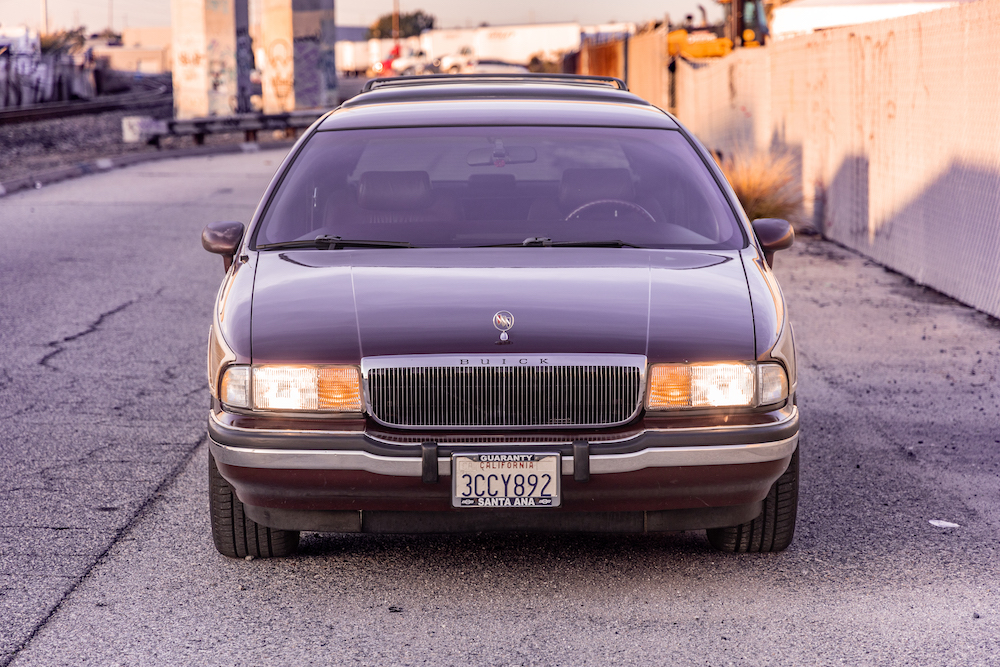
Having gone through almost system on a 1992 Buick Roadmaster Wagon, there are a few things we would probably skip if we ever got to repeat this project. Assuming the following components are SAFE and in good working order, you can probably skip —
- Steering components
- Shocks and springs
- Radiator
Or, at the very least, replace them after you get the vehicle dialed in and running. Here’s why:
We replaced the entire steering system on our project Roadmaster at the cost of around $800… and the steering is just as vague on-center as it was originally. In short, steering-linkage systems aren’t as good as rack and pinion. And we couldn’t find a power-assisted rack in the aftermarket for this car. To be fair, the steering is improved, but it’s not $800 better.
Along those lines, we’ve gotten to a place where the QA1s are working well. And although we really love the upper and lower control arms for the modern steering geometry, single adjustable coilovers aren’t a magic bullet for a perfect B-Body suspension. Perhaps double adjustable would have been better? Or maybe just a conventional set of new springs and performance shocks might have fit the project more. It’s hard to tell from our experiments thus far.
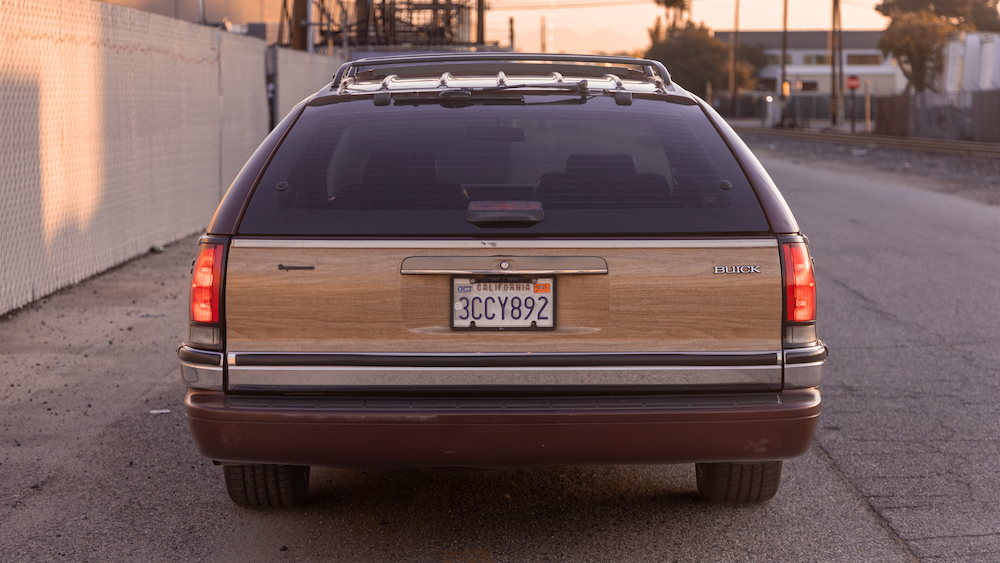
With that in mind, you might want to do suspension last, or try to drive a few other project cars to find a system you like before firing the suspension parts canon. A B-Body suspension — from a tow-pack Roadmaster or Impala SS — is actually pretty good when it’s in good condition. Sway bars are vastly more important in this scenario, and remain highly recommended.
And, lastly, B-bodies had pretty great factory radiators. If you convert to an electric fan, and your radiator’s in good health, flush it out and keep using it for n/a stock-ish LS swaps.
LS3 Roadmaster Wagon Project EPISODES
Part 1
Parts & Project GoalsPart 2
Michelin Tires, American Racing Wheels, Eaton TrueTrac, & Sway BarsPart 3
Wilwood D52 Disc BrakesPart 4
Coilovers & Control ArmsPart 5
Goodbye TBI, Hellow Earl’s Vaporguard Fuel SystemRacingJunk.com Bonus
Everything You Need to START a Chevy Performance Connect & Cruise System
(LS and LT Engines)Part 6
Installing an LS3 E-ROD & Holley Accessories in a Roadmaster Wagon!!!Part 7
This Magnaflow xMod Exhaust Made My LS3-Swapped Wagon Sound INSANE!Part 8
Dakota Digital: LS Swap Gauges & Wiring Made Easy! (Plus Guaranty Chevy & Chemical Guys!)Part 9
LS Swaps Are a LOT More Expensive Than You Think!!!Part 10
10 Tips for Surviving Your First LS SwapBonus
Every Part You NEED For Your First LS SwapClick HERE to join the LS3 Roadmaster Wagon Project BUILD THREAD!
PARTNERS
- Guaranty Chevrolet: https://www.occhevy.com/
- Holley: https://www.holley.com/
- Magnaflow: https://www.magnaflow.com/
- Chemical Guys: https://www.chemicalguys.com/
- Dakota Digital: https://www.dakotadigital.com/
- Michelin: https://www.michelin.com/
- Wilwood Brakes: https://www.wilwood.com/
- Eaton: https://www.eaton.com/
- Sony: https://electronics.sony.com/
DISCOUNTS PROVIDED
- Summit Racing: https://www.summitracing.com/
- Muscle Rods aka BRP HotRods: http://www.brphotrods.com/
- Sikky Manufacturing: https://www.sikky.com/
- American Racing Wheels: https://www.americanracing.com/

